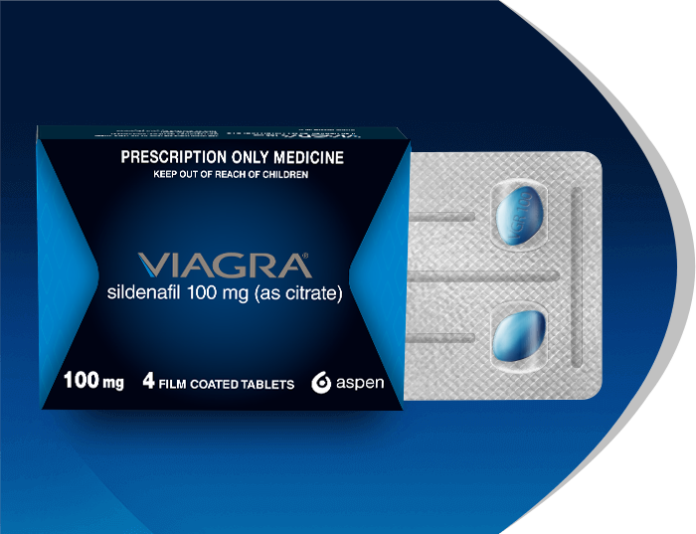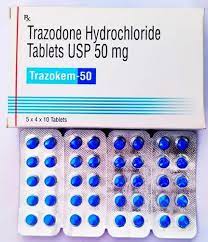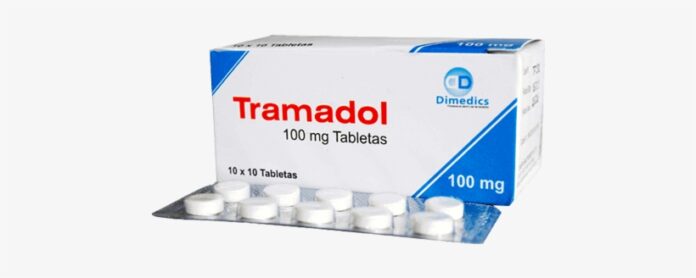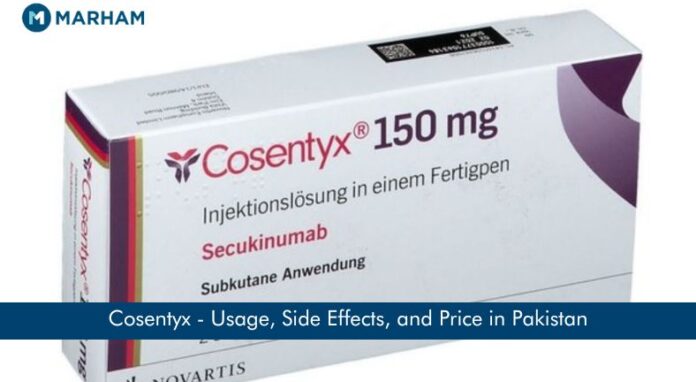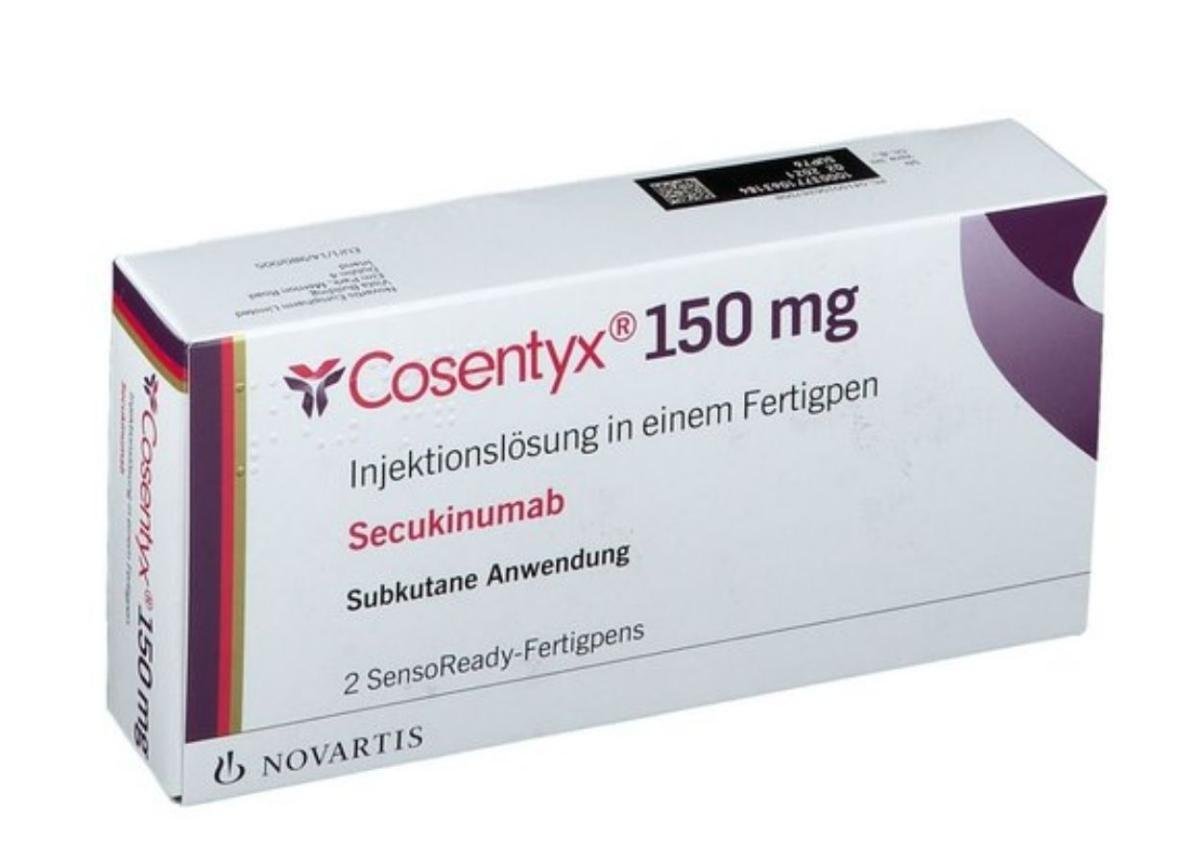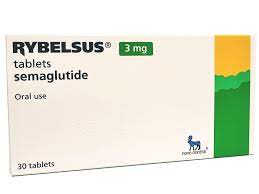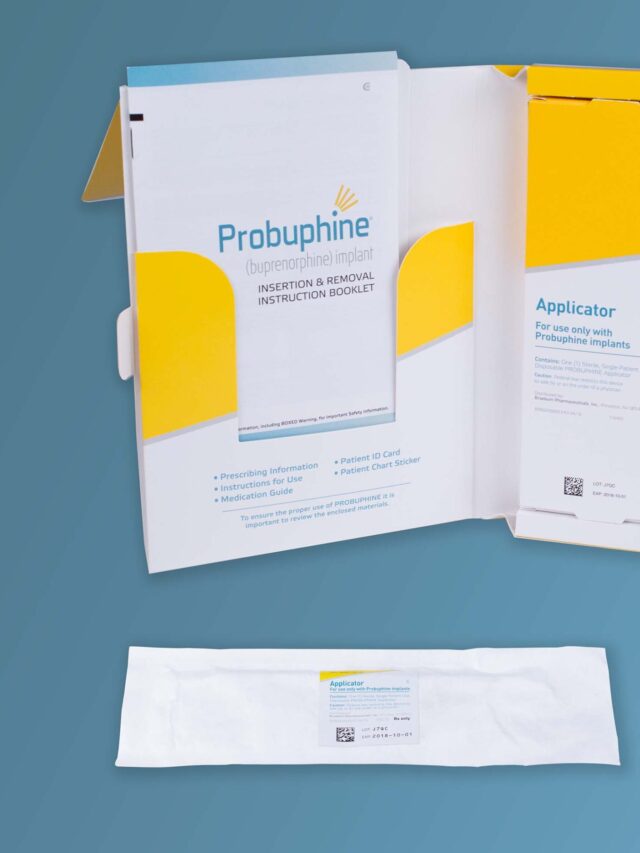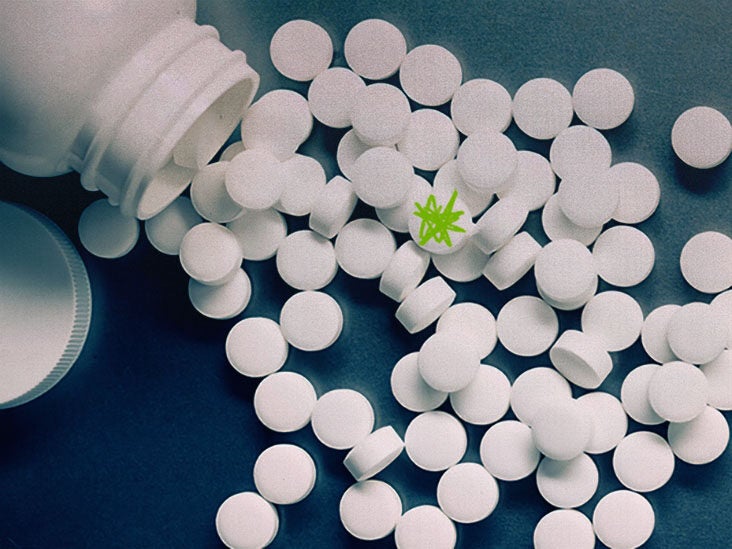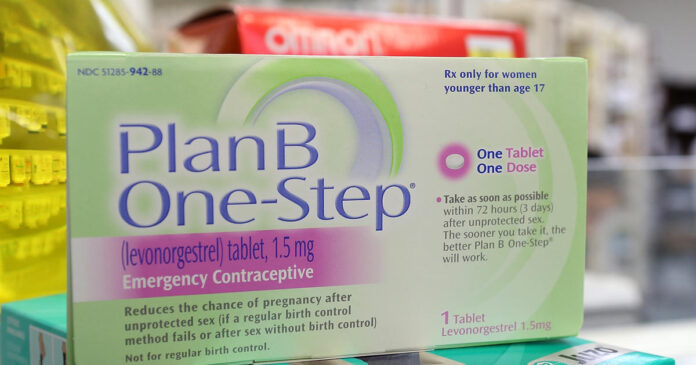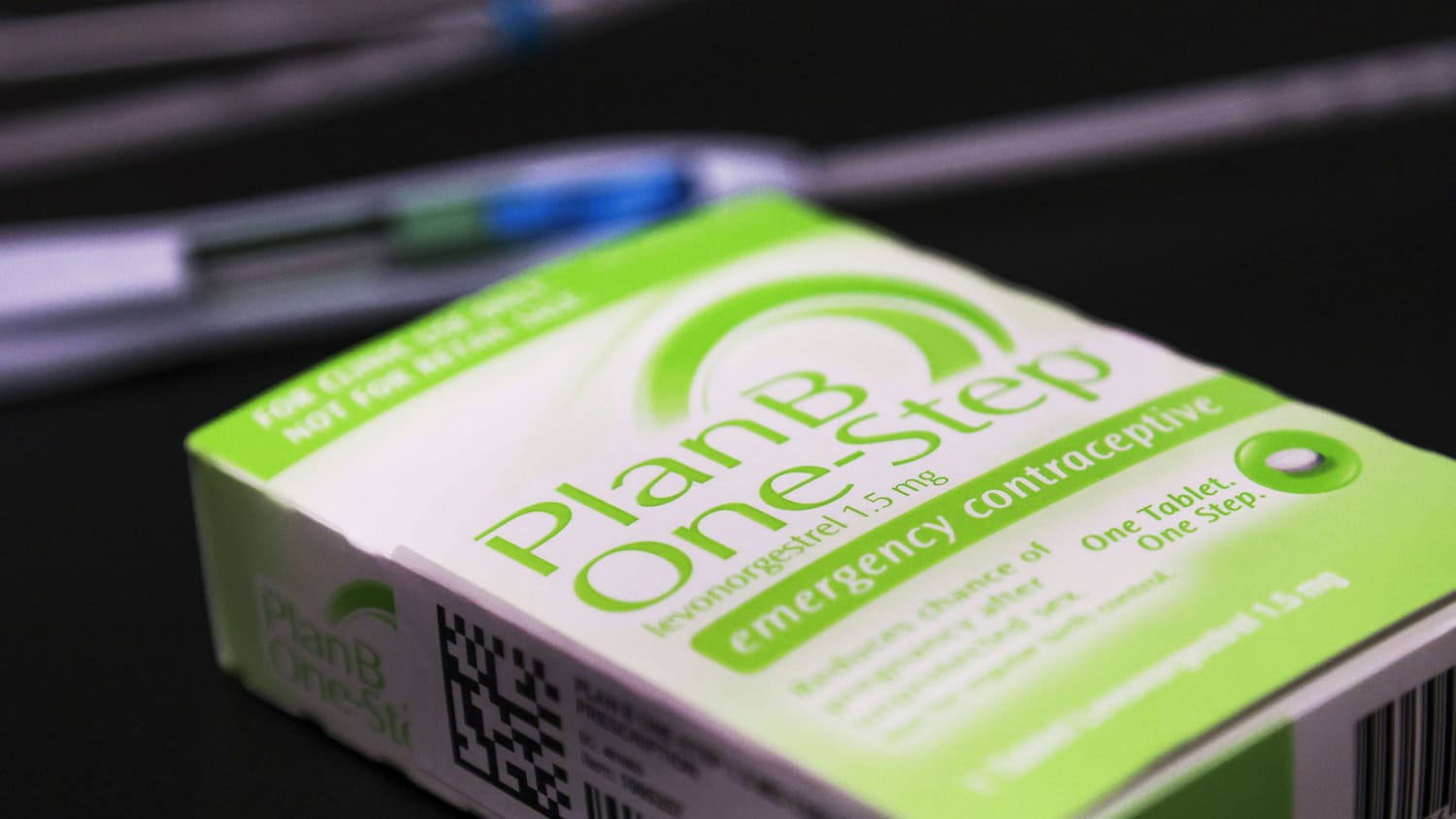Viagra is a brand name for the medication sildenafil, which is primarily used to treat erectile dysfunction (ED) in men. Here’s an overview of the uses, benefits, common symptoms, and potential side effects of Viagra: Viagra Tablet Uses Benefits and Symptoms Side Effects
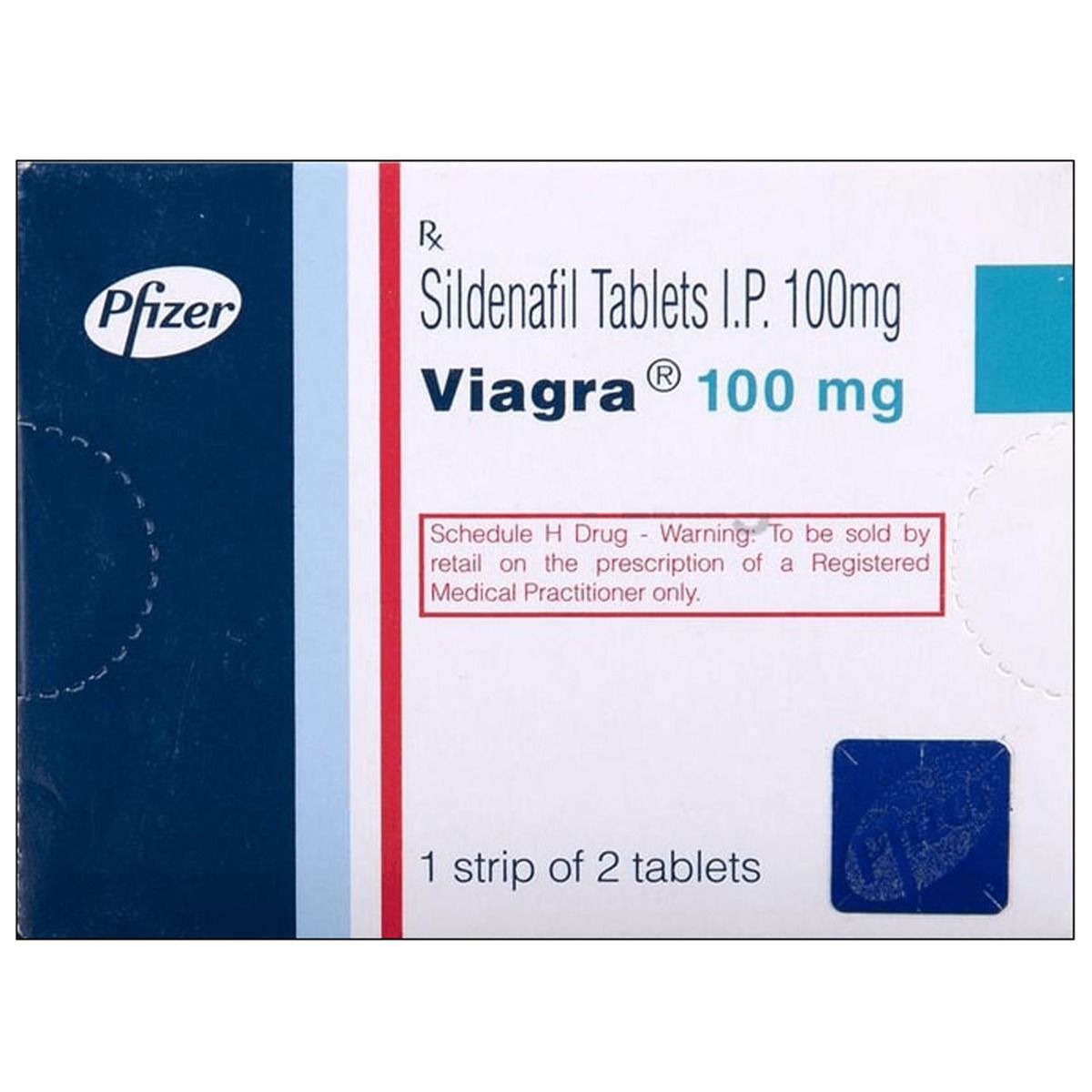
Uses:
Viagra is used to treat erectile dysfunction, which is the inability to achieve or maintain an erection sufficient for sexual activity. It is not intended for use in women or children.
Benefits:
Viagra provides several benefits for individuals with erectile dysfunction, including:
- Improved Erectile Function: Viagra helps relax the blood vessels in the penis, allowing for increased blood flow and facilitating the ability to achieve and sustain an erection during sexual stimulation.
- Enhanced Sexual Performance: By improving erectile function, Viagra can enhance sexual performance and satisfaction.
- Psychological Well-being: Viagra can have a positive impact on self-esteem, confidence, and overall psychological well-being by addressing the underlying physical causes of erectile dysfunction.
Symptoms:
The symptoms that Viagra helps alleviate are primarily related to erectile dysfunction, including:
- Difficulty achieving or maintaining an erection
- Reduced sexual desire
- Frustration or dissatisfaction with sexual performance
Side Effects:
While Viagra is generally well-tolerated, it can cause side effects in some individuals. Common side effects may include:
- Headache
- Flushing (redness and warmth in the face, neck, or chest)
- Indigestion or upset stomach
- Nasal congestion
- Vision changes (blurred vision, changes in color perception)
Less common but potentially serious side effects can occur, and it’s important to seek medical attention if any of these symptoms occur:
- Priapism (prolonged and painful erection lasting more than four hours)
- Sudden vision or hearing loss
- Allergic reactions (rash, itching, swelling, difficulty breathing)
It’s important to note that this is not an exhaustive list of side effects,
and different individuals may experience different reactions. Viagra should not be used in conjunction with certain medications, particularly those containing nitrates, as it can lead to a dangerous drop in blood pressure.If you have any concerns or questions about Viagra or its side effects, it is advisable to consult a healthcare professional who can provide personalized information based on your medical history and current condition.
Viagra Tablet Uses Benefits and Symptoms Side Effects what is Viagra drug Viagra Tablet in hindi what is Viagra drug Viagra Tablet in hindi

